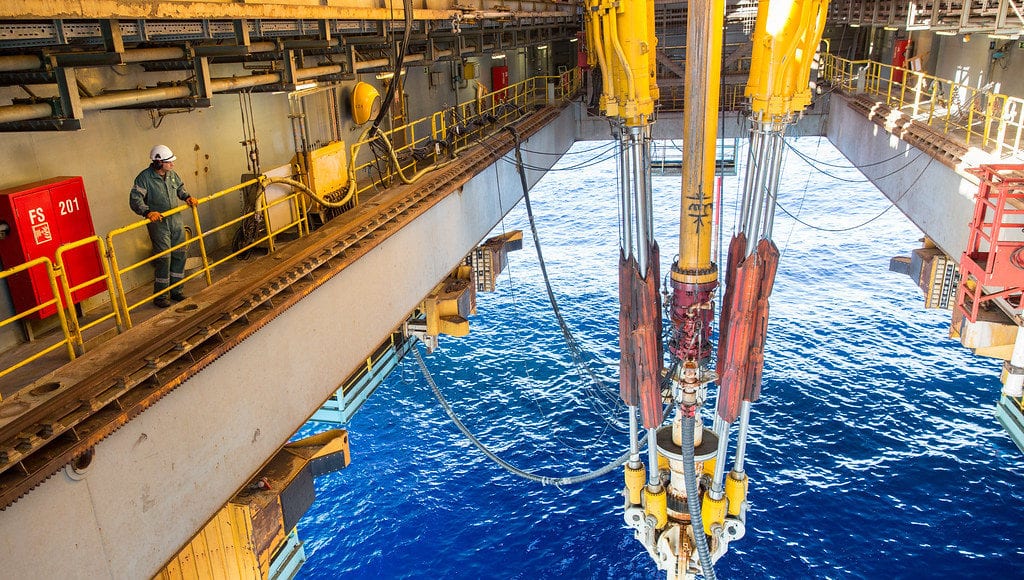Global oil and gas well completion rates have experienced a significant rebound, following a period of decline triggered by the 2014 oil price crash and further exacerbated by the COVID-19 pandemic, according to a March 24 report by Norway’s Rystad Energy.
Between 2000 and 2014, the number of completed production and exploration wells globally surged steadily, reaching over 100,000 new wells annually by the late 2000s. However, the aftermath of the 2014 oil price crash led to a sharp decline in newly completed wells, particularly affecting production wells, which had halved in number since 2010.
Despite a partial recovery observed from 2017 to 2019, the onset of the COVID-19 pandemic and subsequent oil price volatility resulted in another period of reduced activity, with approximately 20,000 fewer wells completed each year.
More than 600,000 wells to be drilled globally between 2021 and 2030 – Rystad Energy | OilNOW
Johannes Berge, Analyst at Rystad’s Upstream Research, noted, “While drilling activity peaked around 2010 and has seen some large fluctuations on a yearly basis since then, operators are still seeking to exploit new discoveries, using new technology and enhanced recovery methods.”
Utilizing the detailed data capabilities of Rystad Energy’s E&P Well Analysis product, the report maps the location of all wells completed globally. In 2023, North American shale wells and conventional onshore wells in mainland China and Russia were significant contributors to the global onshore well count, accounting for 70% of the total.
Among National Oil Companies (NOCs), PetroChina emerged as a prominent player, having completed nearly 120,000 onshore conventional wells since 2015. Together with fellow Chinese state player Sinopec, PetroChina was responsible for around 75% of the wells completed in China.
Offshore, high activity was observed in regions such as the Gulf of Mexico, Saudi Arabia, the Norwegian Continental Shelf (NCS), and Indonesia. These areas collectively accounted for 25% of the offshore well count, indicating a more balanced distribution among countries compared to onshore operations.
Despite recent challenges, activity in the oil and gas sector has since recovered and is projected to remain stable towards 2025.




